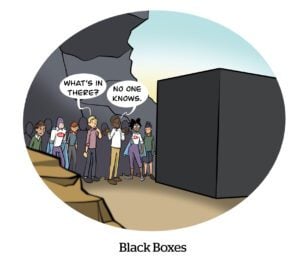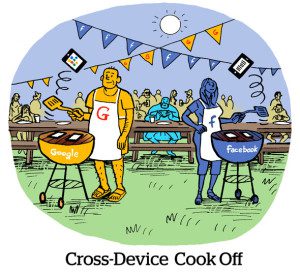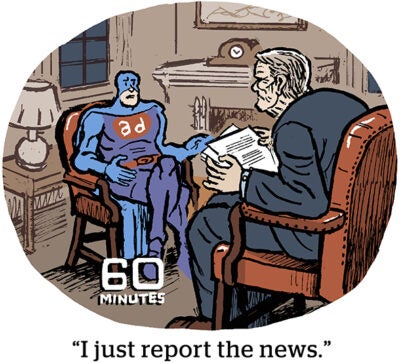Here’s today’s AdExchanger.com news round-up… Want it by email? Sign up here.
Demolishing Demos
TV networks are used to making big advertising pitches about their role in the zeitgeist and their reach among younger audiences. They have splashy celebs, and they’re the ones who know the youngs.
Or knew the youngs, rather.
In the upfronts this year, broadcasters leaned into what seems like a painful new reality, according to The Wall Street Journal. Which is to say, TV audiences are old now.
Even MTV has an average viewership age in the 50s.
TV networks first promulgated age-based demos as a way to segment and sell younger audiences who were ostensibly forming potential lifetime customer relationships with some products.
Now, broadcasters are souring on age-based demos. People of nearly any age can buy toilet paper, have credit cards, eat snacks, etc.
Mark Marshall, NBCU’s global ads and partnerships chairman, told advertisers age and gender demos were falling out of favor. Instead, they should simply target “people who are in the market for your product.”
Disney global ad president Rita Ferro called age demos “a dated way of even talking about audiences across our media landscape.”
It’s not TV that’s dated; it’s the tactic that is.
To The Max
Google’s latest Performance Max updates came out this week.
One important point of emphasis was the Ad Strength rating, which scores campaigns before they run based on whether they have the appropriate targeting parameters and creative elements. The Ad Strength meter has taken on new meaning as Google pushes advertisers to allow PMax more flexible controls over creative decisions, both in terms of the algo buying ads and generative AI tech producing and testing creative.
Google also announced a huge expansion of generative AI responses on search pages this week. So whole new gen AI ad formats are being developed on the fly.
But PMax can adroitly use those formats if it has the creative elements – imagery, ad copy, product catalog, etc. – and license to assemble and target ads.
Many advertisers deliberately withhold certain creative elements and permissions from PMax as a way to steer campaigns. Advertisers can’t block YouTube within PMax, but they can create campaigns without video assets.
The pilot advertiser Google cites in its PMax blog post is Event Tickets Center, the CMO of which was Google’s former ecommerce industry consultant, who evangelized PMax.
Which, I mean, come on.
That says these updates are foisted on advertisers – and not addressing feedback.
Amazon’s Performance For Ad Dollars
Speaking of black boxes, Amazon is busy pitching its campaign optimizer, Performance+, to brands that aren’t already selling products on its ecommerce site, aka non-endemic brands, Digiday reports.
Performance+ promises cost efficiencies by serving ads to as much of a brand’s target audience as possible across Amazon supply, from Prime Video to Alexa. Most Performance+ campaigns have a 30% to 90% lower cost per acquisition compared to similar campaigns in Amazon’s DSP that don’t use Performance+, according to the pitch.
The problem is buyers still take issue with the lack of transparency and control – especially when it comes to attribution reporting.
Amazon’s DSP prices campaigns based on viewability, but Amazon’s viewability metric “historically is very low,” says Jason Weilenmann, VP of marketplace performance at digital agency Front Row.
That’s because Amazon considers a video ad viewable if at least 50% of the creative is fully on screen for at least two seconds. But two seconds is hardly long enough to make an impression on consumers (pun intended), so it’s hard to be certain whether the conversion events Amazon attributes to itself are actually organic, Weilenmann says.
But Wait, There’s More!
Vivek Ramaswamy acquires activist stake in BuzzFeed. [Axios]
Meet Vidhya Srinivasan: The Google exec with the toughest job in advertising. [Adweek]
Nebraska sues TikTok over alleged harm to minors. [WSJ]
You’re Hired!
Hearst Magazines names Daniel Bernard as chief product and technology officer. [Editor and Publisher]

















